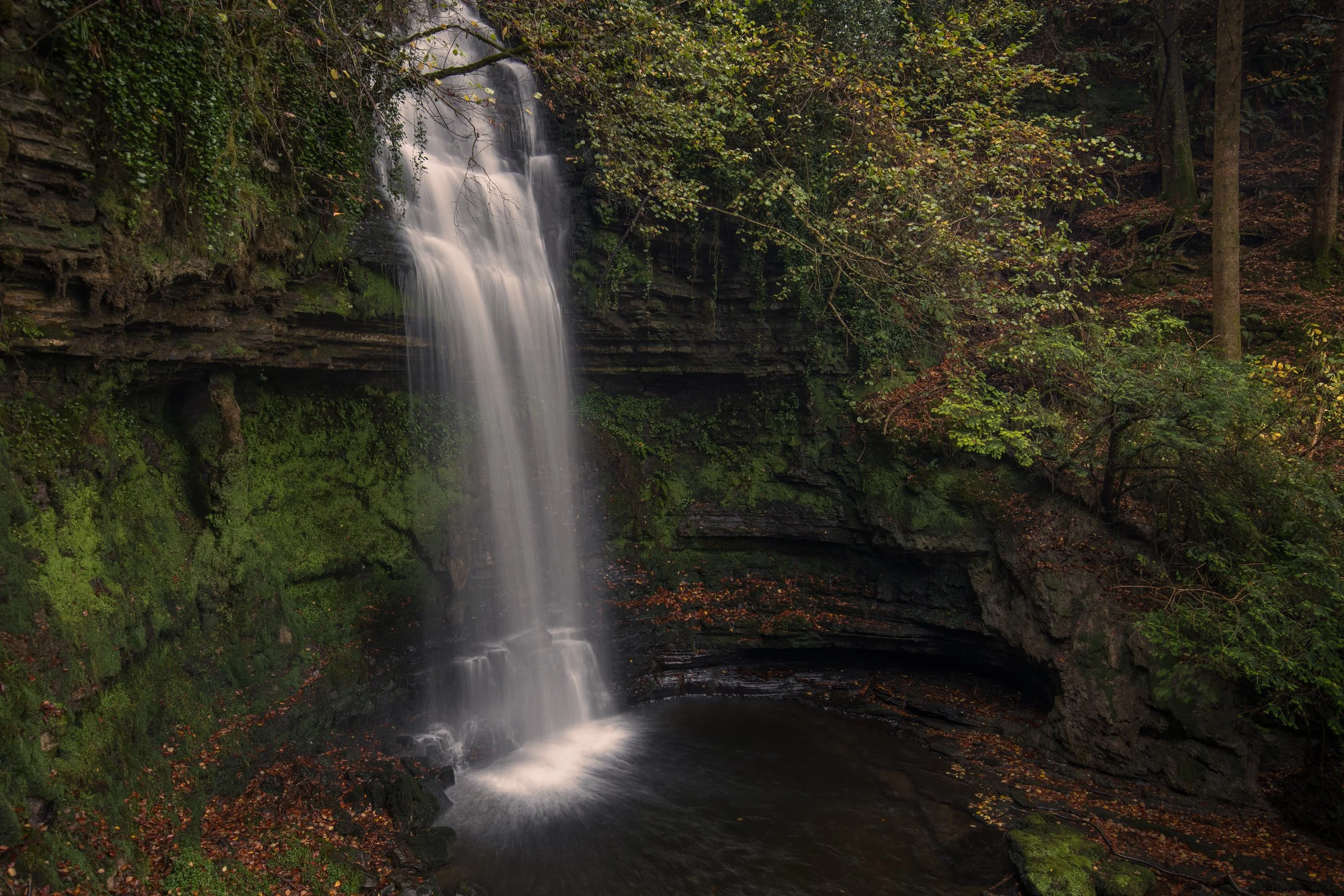Go With The Flow: A Day in the Life of a Landscape Photographer
When photographing landscapes, there’s an inherent unpredictability. You chase light, contend with weather, and adapt to whatever nature provides. My recent photo adventure reinforced the importance of being present, patient, and willing to embrace the challenges along the way.
The day began at a quiet beach where we had parked our campervans the previous night. At dawn, we were greeted by a sunrise glow that painted the horizon in soft, golden hues. Low clouds clung to the landscape, and I sent my drone up to survey the area. To my surprise, the only pocket of light was right where we were. No frantic rush to relocate; we had landed in the ideal spot.
Using the drone, I captured the breaking waves, their patterns creating mesmerizing textures.
Into the Fog
As the sun rose higher, we packed up and headed towards the mountains. The fog thickened as we climbed, creating a moody, almost cinematic atmosphere. Using my camera and drone, I captured the fog as it curled around the mountain peaks, adding depth and mystery to the scene.
The drone became an integral tool for storytelling that day. It followed our convoy of campervans winding up misty mountain roads, providing a unique perspective of our journey. Manoeuvring the drone through trees was a challenge, but it worked due to the cool features that my drone has more then my flying. I was driving after all.
Once at the summit, the road allowed us to pause safely for a closer look. A lone tree, standing resilient in the meadow shrouded by fog, caught my attention. It became the subject of one of my interesting images from the trip a minimalist composition that highlighted the solitude of the scene.
Glencar Waterfall: Immersing in the Scene
Next, we set off to Glencar Waterfall in County Leitrim, a location I had been eager to visit. The waterfall, standing at approximately 15 meters tall, is fed by the nearby Dartry Mountains and is known for its lush surroundings. Its fame is partly attributed to W.B. Yeats, who mentioned it in his poem The Stolen Child.
Arriving at the site, I knew my best images wouldn’t come from the typical viewpoint along the pathway. I donned my wellies, stepped into the stream, and started wading upstream toward the base of the waterfall. The closer I got, the more dynamic the compositions became.
From about 20 meters away, I found a perfect frame: two smaller cascades in the foreground, leading the viewer’s eye to the main waterfall. The overcast sky acted like a giant softbox, diffusing the light and enhancing the vibrant greens of moss-covered rocks. I, of course, had to get a shot of Patrick as he stood in the centre of the lower flow with the main waterfall behind him.
Further upstream, I scrambled along the bank to get closer. Fallen trees created natural leading lines, directing attention to the cascading water. One moss-covered rock stood out, glowing under the soft light and adding a vibrant foreground element.
Being in the midst of the action—not confined to the well-trodden path—allowed me to create images with depth and immersion. It made me think about the value of going beyond the conventional. While others might settle for the convenient view, stepping off the path can reward you with unique, personal perspectives.
As we wrapped up at Glencar, I took a final “traditional” shot from the designated path. Though technically fine, it lacked the energy of the closer compositions. This confirmed what I already knew: the best images are often the ones you work hardest to capture.






















